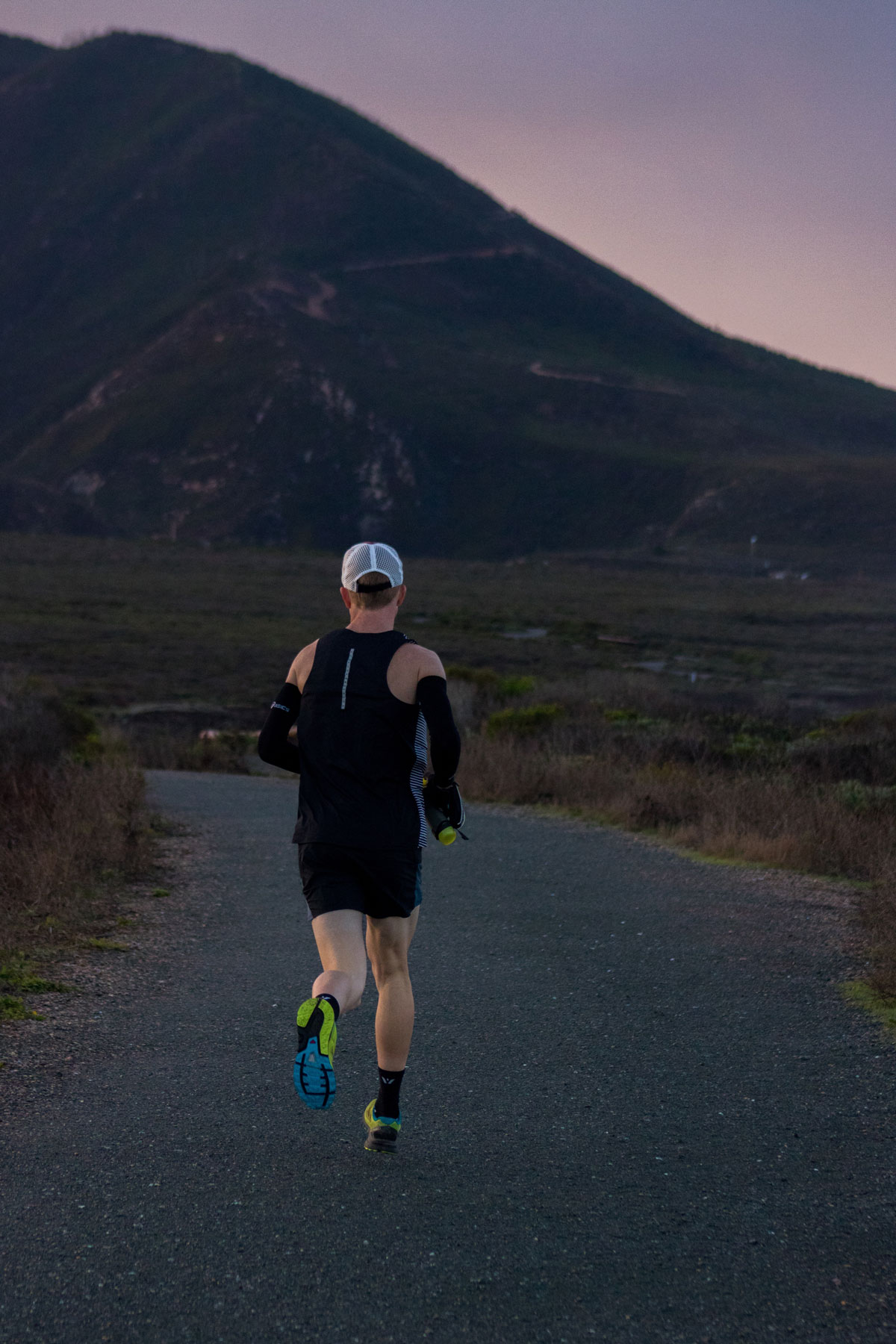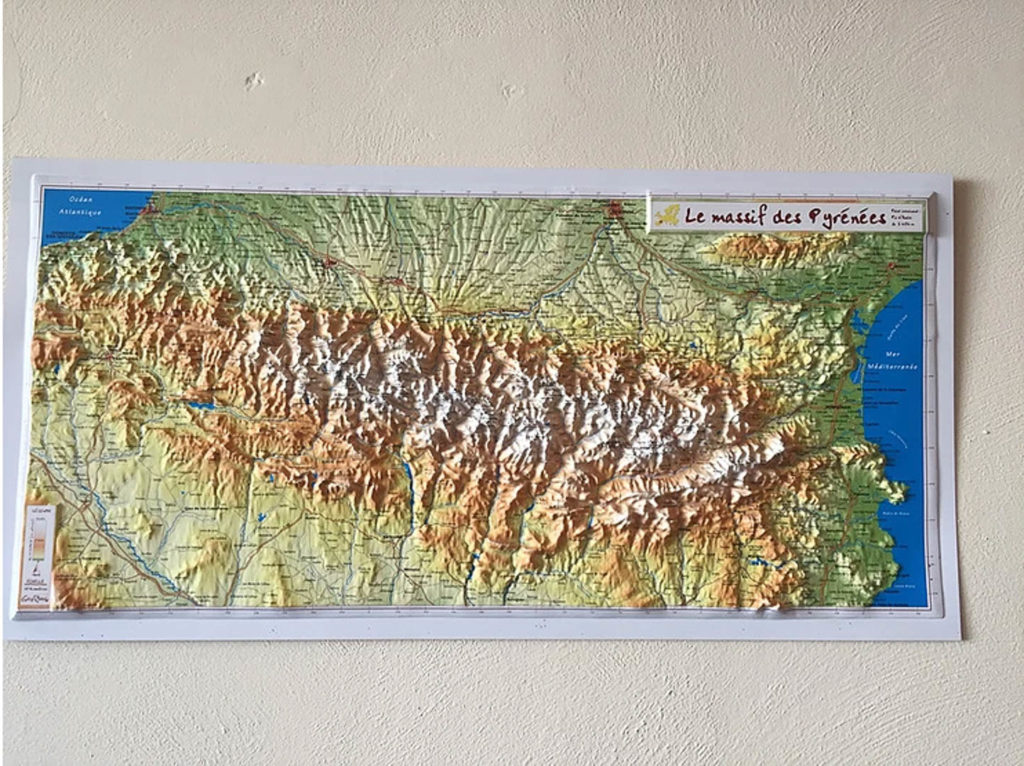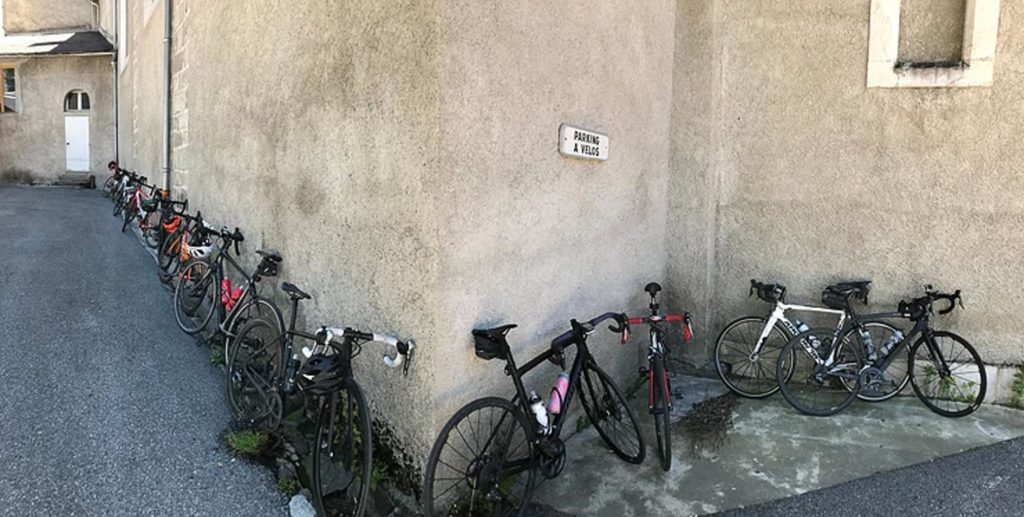5 Insane Outdoor Adventure Races
Outdoor adventure races are the ultimate test of your physical and mental limits. These races take you to breathtaking, remote locations where you’ll push yourself to the max. In this post, we’ll explore five insane outdoor adventure races around the world that will put your skills and endurance to the test.
1. The Barkley Marathons – Frozen Head State Park, Tennessee, USA
The Barkley Marathons is known as one of the toughest ultramarathon races on the planet. The race unfolds over 100 miles through the rugged wilderness of Frozen Head State Park, featuring a brutal vertical gain of over 59,000 feet. This event is not for the faint of heart, requiring extensive trail running and endurance preparation. High altitude training can also be beneficial to build the stamina necessary for this grueling race.
2. The Jungle Ultra – Peru
If you’re looking for a race that combines trail running and a truly unique setting, the Jungle Ultra in Peru is a fantastic choice. This multistage race takes participants through the Amazon rainforest. Endurance is key as you cover over 140 miles through the challenging terrain and humidity. Additionally, integrating strength training into your preparation is essential to withstand the physical demands of this race. Building strength in your core, legs, and upper body will not only help you tackle steep inclines and uneven terrains but also improve your overall performance, making you more resilient in the challenging conditions of the Jungle Ultra.

3. The Coastal Challenge – Costa Rica
For those who thrive in tropical conditions, The Coastal Challenge in Costa Rica is the adventure race of your dreams. This 236-kilometer race guides runners along the country’s coastline, through dense jungles, and across pristine beaches. Trail running expertise is vital, as is preparation for the intense heat and humidity.
4. The Dragon’s Back Race – Wales, UK
The Dragon’s Back Race is an iconic adventure racing event that traverses the rugged terrain of the Welsh mountains. This five-day stage race covers 315 kilometers, with steep ascents and descents. High-altitude preparation can help participants adapt to the challenging elevation changes, and ultramarathon training is a must to tackle this demanding race.
5. The Ultra-Trail du Mont-Blanc (UTMB) – France, Italy, and Switzerland
The UTMB is the holy grail of ultramarathon races. This 171-kilometer race circumnavigates Mont Blanc, taking participants through high mountain passes and steep trails. Altitude preparation is crucial due to the race’s high-altitude sections. The UTMB is a test of endurance and trail running skills like no other.

How To Train for Outdoor Adventure Races
If you’re based in Toronto and are looking to prepare for these epic adventures, consider specialized training at Altitude Athletic Training. Altitude offers personalized programs that can help you improve your endurance, trail running abilities, and high-altitude adaptation.
Here’s how Altitude can benefit you:
-
Personalized Training: Work with a coach on a program tailored to your specific adventure race goals. Whether it’s ultramarathon training, high altitude preparation, or trail running, we’ve got you covered.
-
Specialized Training Environment: Altitude Athletic Training recreates high-altitude conditions, allowing you to adapt to lower oxygen levels and replicate the demands of your expedition, which is essential for races like the UTMB and Barkley Marathons. This helps boost your endurance and performance at both sea-level and high-altitude settings.
These five insane outdoor adventure races around the world offer a unique opportunity to challenge your physical and mental limits. With proper ultramarathon training, high altitude preparation, and strong guidance, you can embark on these incredible journeys. So, lace up your trail running shoes and start your adventure racing journey today!















